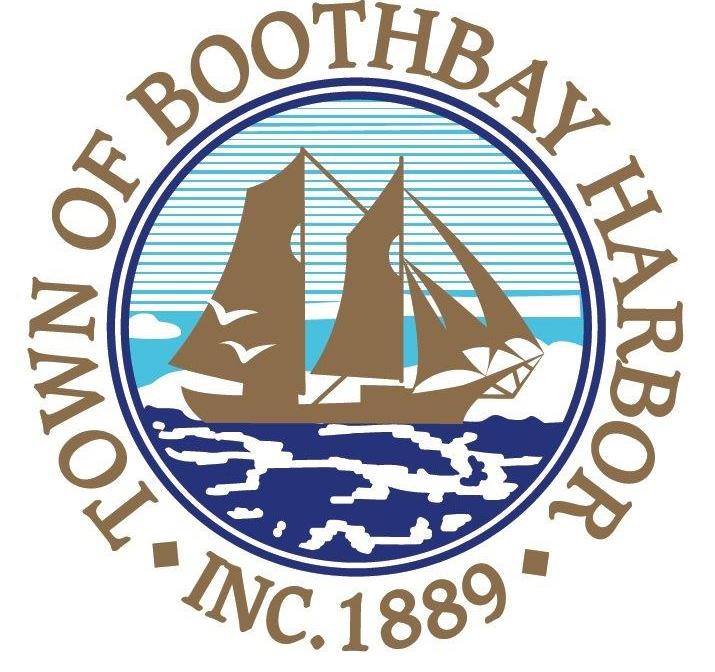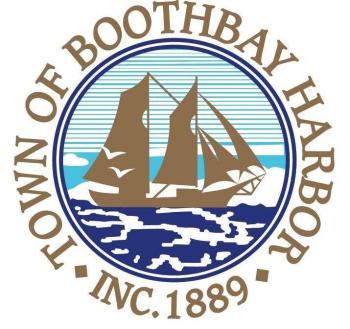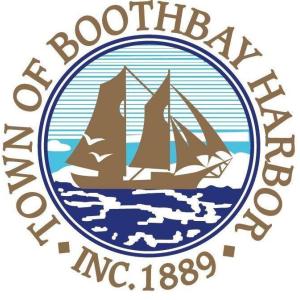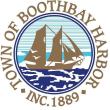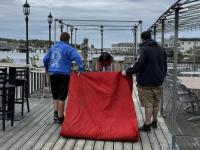Board talks food trucks, subdivision setbacks
Boothbay Harbor town attorney John Cunningham suggested some heavy changes to language about food trucks in response to Code Enforcement Officer Geoff Smith and the planning board, its chair, Tom Churchill, said. Most revisions made sense to members, but Churchill suggested Cunningham showed too much concern on issues like litter control.
“John is always conscientious and always trying to think a few steps ahead for us,” said Smith. “I think he’s trying to envision the things that we maybe hadn’t talked about specifically …”
Member John Hochstein maintained the board should concentrate on other issues since food trucks have never been a serious problem in Boothbay Harbor. “It’s not a crisis. Why are we concerned about setting up regulations to solve a problem that there’s no visible evidence even exists in our town … Are we creating an issue that doesn’t exist?”
Smith said selectmen told the planning board and him to look into the issue since several business community members and Boothbay Harbor residents identified food carts and trucks as a potential problem. The largest concern is multiple carts in one area, Smith continued.
Members Chris Swanson and Jon Dunsford agreed mobile food vending could become an issue if the town does not get out ahead of it. Said Swanson, “If we turn our back on it now and a food truck, two food trucks start to draw business away, we’re going to have some very unhappy people in town.”
Dunsford reminded Hochstein the issue was raised not just when vendors were requesting to set up on the Boothbay Harbor Memorial Library lawn in the summer, but much earlier this year when a vendor from Pemaquid Point wanted to work with the town to set up during events.
Some of Cunningham’s language would make it easier for nonprofits to have food stands and trucks by saying the occasional activities can have license fees waived and the CEO’s approval waived. The board decided to propose only Boothbay Harbor-based nonprofits be eligible to operate.
Smith suggested the board could have a public hearing in February, but that members might find by January they are ready to send a revised proposal to the select board.
Waterfront setback for subdivisions
Board members Bill Hamblen and Lee Corbin were tasked with finding the right interpretation of the town’s code concerning subdivisions and setbacks after five board members each provided a different interpretation.
Corbin said she consulted state laws and the town’s comprehensive plan and determined the goal is to protect water quality from non-point-source pollution. The shoreland zoning act requires all municipalities to regulate activities within 250 feet of protected areas such as shoreland, ponds and wetlands, said Corbin. “Then I went over to our code. That’s when I went back and forth, but what else is new?”
Corbin said that when a state law specifies horizontal measurement, it means measurement perpendicular to a water body, but when language is silent on the issue, measurement should be taken linearly. “That’s more restrictive than shoreland zoning and I think more restrictive than we want because it could potentially wipe developers out of the water completely, so to speak.”
Board members decided each lot should have at least a 200-foot setback.
The board was happy with Cunningham’s edits to a blasting ordinance. Churchill said the language is now complete.
This article has been updated from its original posting.
Event Date
Address
United States

